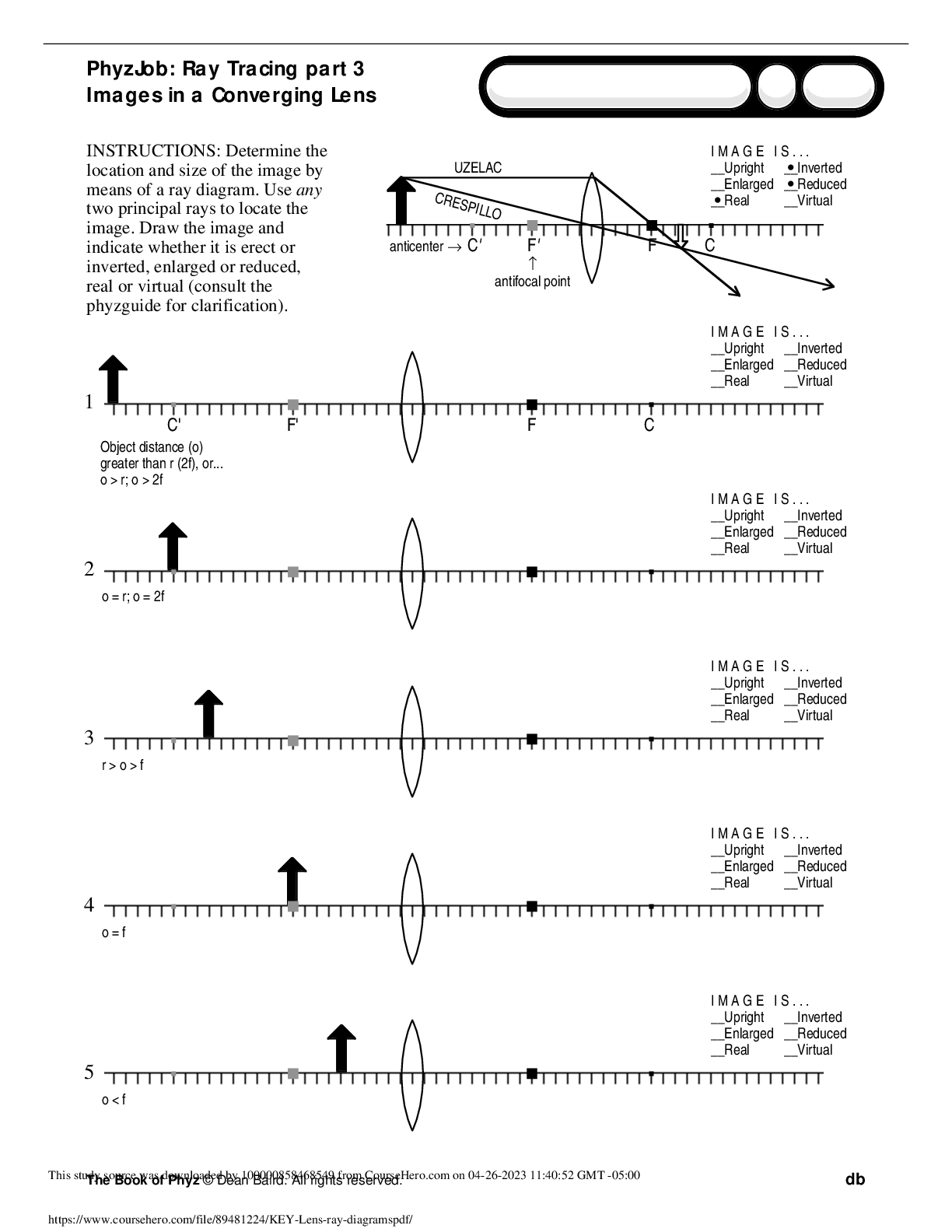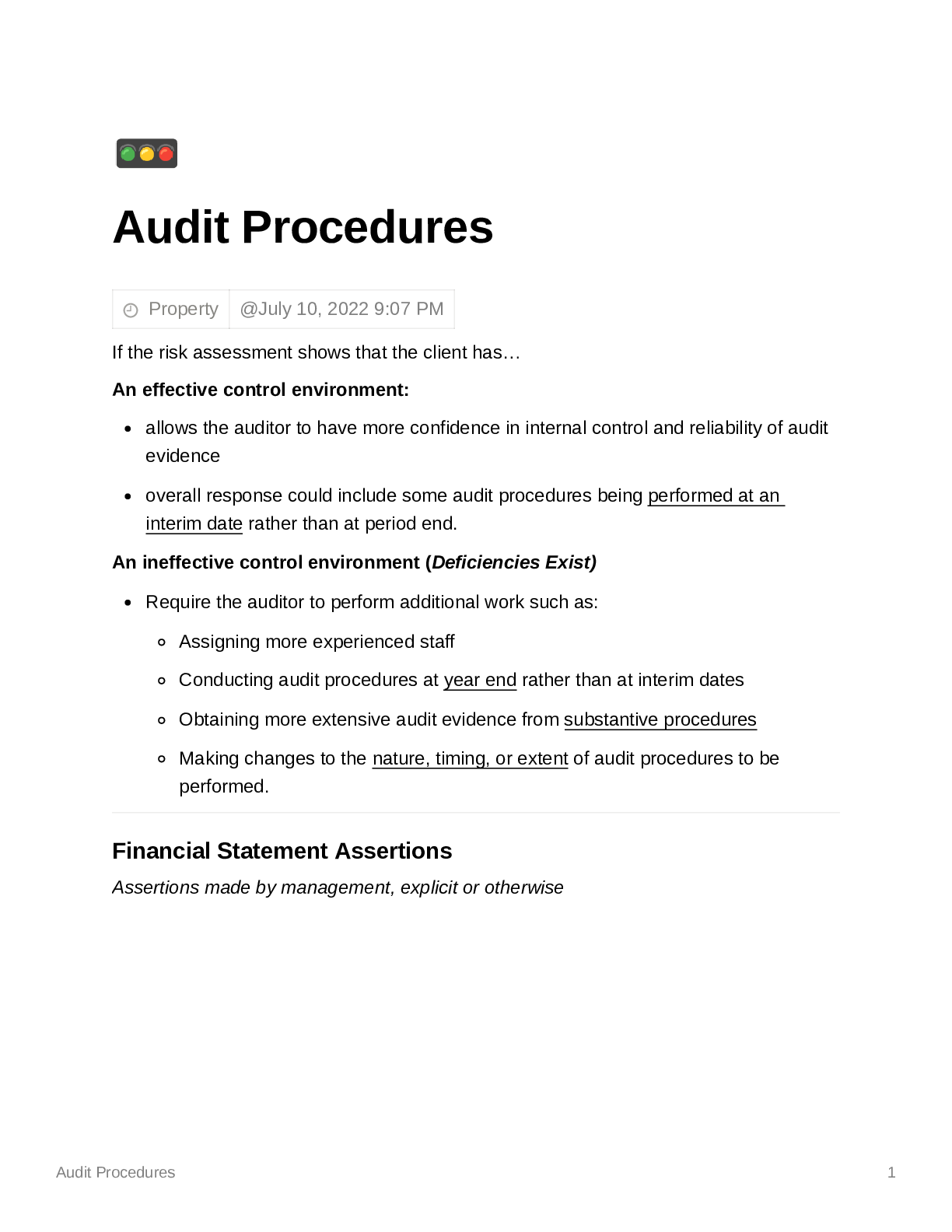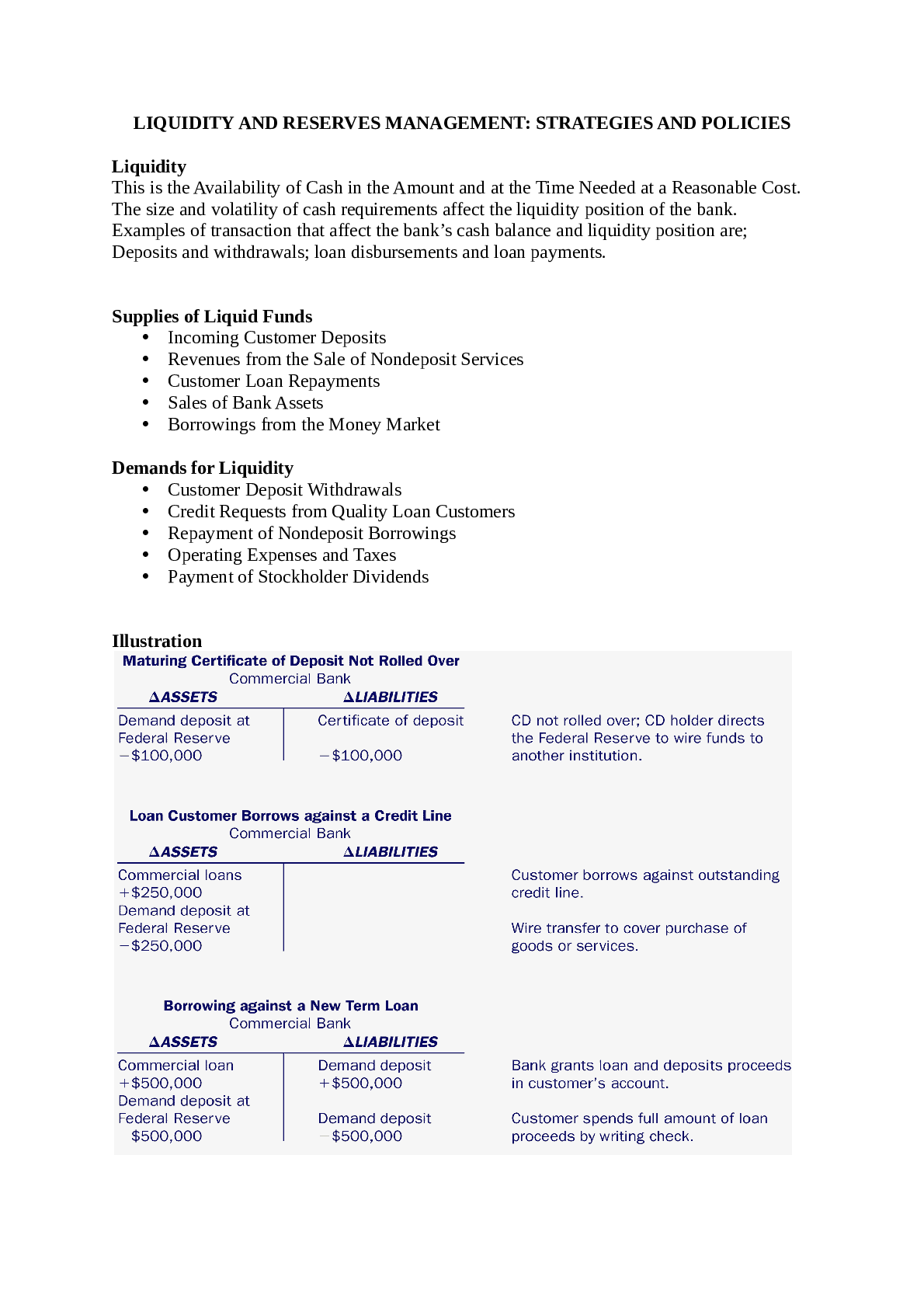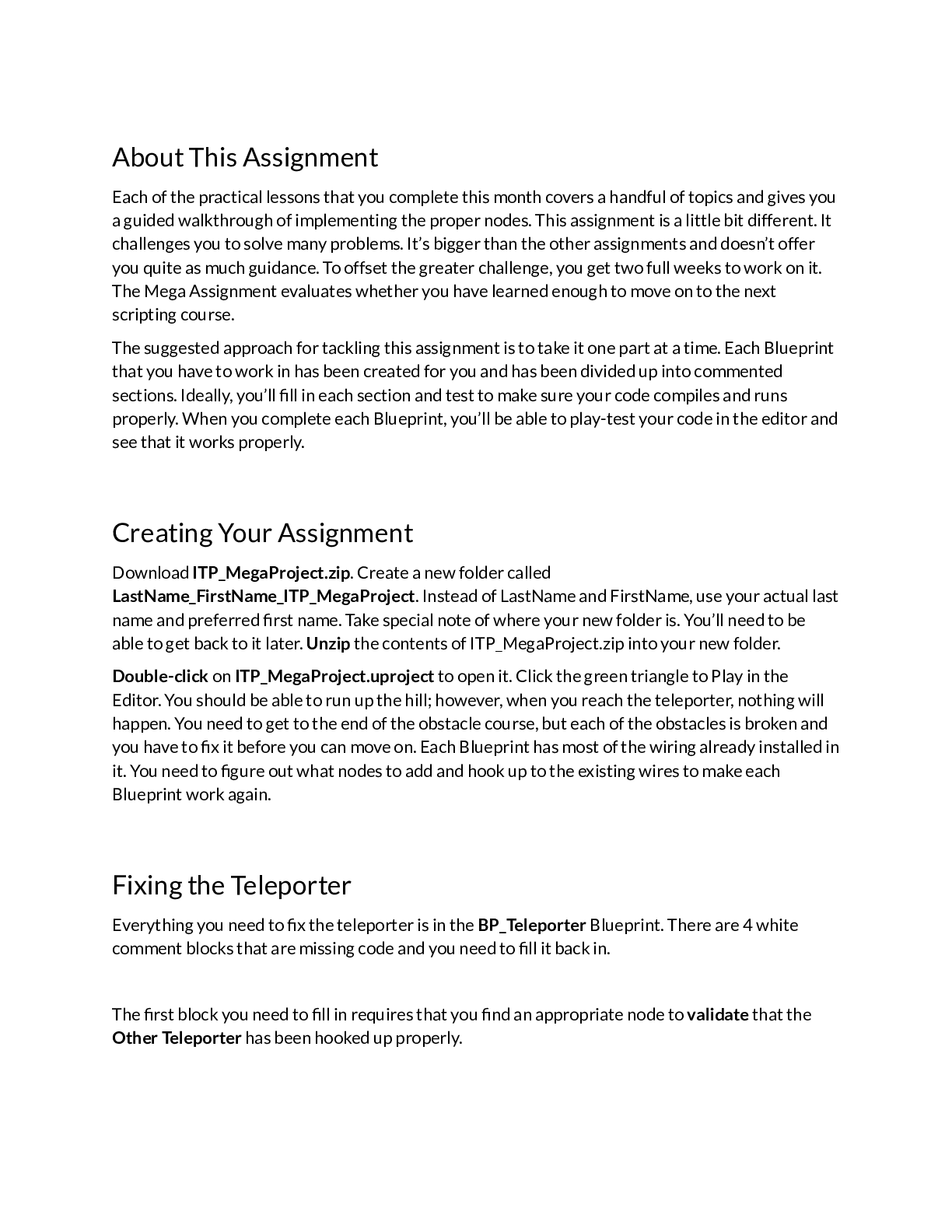Geography > Research Paper > GEOG 1F91 – Winter 2021 LAB 8 – Coastal Processes and Landforms - Brock University (All)
GEOG 1F91 – Winter 2021 LAB 8 – Coastal Processes and Landforms - Brock University
Document Content and Description Below
GEOG 1F91 – Winter 2021 LAB 8 – Coastal Processes and Landforms 1 TEXT REFERENCE: Chapter 19 – Coastal Processes and Landforms Chapter 16 – Fluvial Systems and Landforms SAKAI VIDEO RESOUR... CES: https://lms.brocku.ca/portal/directtool/d7c7cdd0-70a9-4401-a60c-784f80b93764/ OBJECTIVE: This lab serves to develop an understanding of the processes responsible for wave generation, and to identify the landforms resulting from the interaction between waves and the shoreline. WHY IS THIS IMPORTANT? Although our focus is on the physical environment, coasts and shorelines are also typically important human landscapes. Cities, water transportation routes and recreational activities are all strongly linked to these environments. However, the interaction of waves and the shoreline leads to a potentially very active, and dangerous, geomorphological environment. A case in point is the 2011 tsunami in Japan (Fig. 8.1). Wave related erosional and depositional events often conflict with the intended human uses of the shoreline. These processes are thought to be of even greater significance in the case of the global rise in sea level associated with global warming. It is, therefore, very important to understand the processes operating in the coastal zone to avoid, or at least minimize, these conflicts. INTRODUCTION Coastal processes depend on wave energy for their operation, and coastal landforms are a reflection of these processes. The two primary aspects of coastal processes are erosion and deposition, which act together to smooth out irregular coastlines. Waves are the primary mechanism responsible for geomorphological change, and are generated by the action of wind blowing across the open water surface. The distance of open water over which the wind blows (fetch), the wind speed, and the length of time over which the wind blows are the three major factors determining the wave height reaching a shoreline. Because the deep-water wave height is Figure 8.1: A tsunami wave crashes over a street in Miyako City, Iwate Prefecture, in northeastern Japan on March 11, 2011. From: http://news.nationalgeographic.comGEOG 1F91 – Winter 2021 LAB 8 – Coastal Processes and Landforms 2 a reflection of the energy being transported in the wave, the wave height gives us an indication of the energy which will be expended along the shoreline. By determining the fetch length in different directions for a given coastal station, and by considering different wind speeds for varying lengths of time, one can estimate the wave height reaching the shore. This can be done using Figure 8.2 using a procedure known as wave hindcasting (as opposed to weather forecasting). Knowing the wind speed, and either the wind duration or fetch length, an estimation of the wave height may be arrived at. Contrary to popular belief, waves in deep water transmit only energy and not mass; that is to say, water is not transported from one area to another by waves. Water is simply the medium through which the energy moves (just as sound waves travel through the air). Therefore, it was not the water itself that traveled across the ocean during the Japanese tsunami, but rather just the energy imparted to the water from the tectonic plate movements during the earthquake. The exception is when waves enter shallower water and start to break. Figure 8.2: Standard graph of wave height for given fetch lengths and wind speeds As Figure 8.3 shows, when the wave is traveling through deep water, there is no appreciable frictional influence to slow wave travel. Wavelengths can be very long, with the corresponding wave height being quite small. While the tsunami crossed the Pacific Ocean in only a few hours,GEOG 1F91 – Winter 2021 LAB 8 – Coastal Processes and Landforms 3 the exceedingly long wavelengths and small wave heights meant that it could have crossed the paths of many ships that may not have even noticed its passage. Upon reaching the shallower water near land, however, friction between the wave and the ocean bottom forces the wavelength to decrease. To transmit the same amount of kinetic energy, the wave height must increase proportionately. When the wave becomes too steep, it begins to break. The energy carried by the wave is dissipated by throwing water, and the entrained sediment, against the shoreline. This dissipation of energy is the primary driving mechanism of coastal processes involving erosion, transportation and deposition. As a deepwater wave approaches a shoreline and begins to ground itself on the bottom and break, it begins to stir up the bottom sediments (Figure 8.3; Figure 19.12 in the Text). The continuing approach of waves to the shore, and the consequent movement of water up the beach (swash) and back down during breaking (backwash), causes much of this sediment to remain in suspension. This material will subsequently be deposited wherever the water velocity slows down, allowing the material to drop out of suspension (refer to the Hjulstrom Diagram, Figure 16.15 in the Text). Therefore, while erosion is typically concentrated in shallower areas, with higher water velocities associated with wave breaking, deposition occurs in the relatively quieter deeper water. [Show More]
Last updated: 1 year ago
Preview 1 out of 19 pages

Buy this document to get the full access instantly
Instant Download Access after purchase
Add to cartInstant download
We Accept:

Reviews( 0 )
$5.00
Document information
Connected school, study & course
About the document
Uploaded On
Mar 31, 2023
Number of pages
19
Written in
Additional information
This document has been written for:
Uploaded
Mar 31, 2023
Downloads
0
Views
46

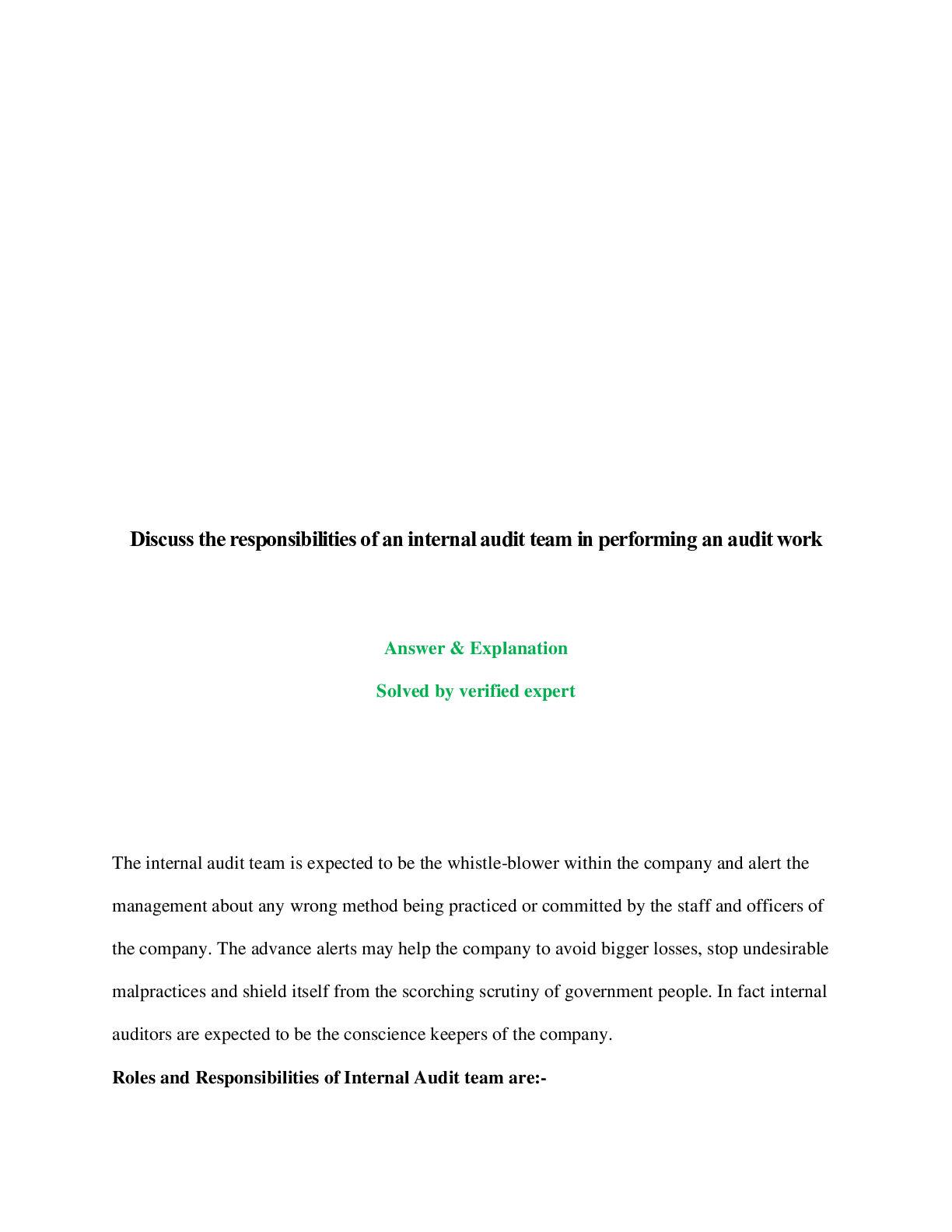

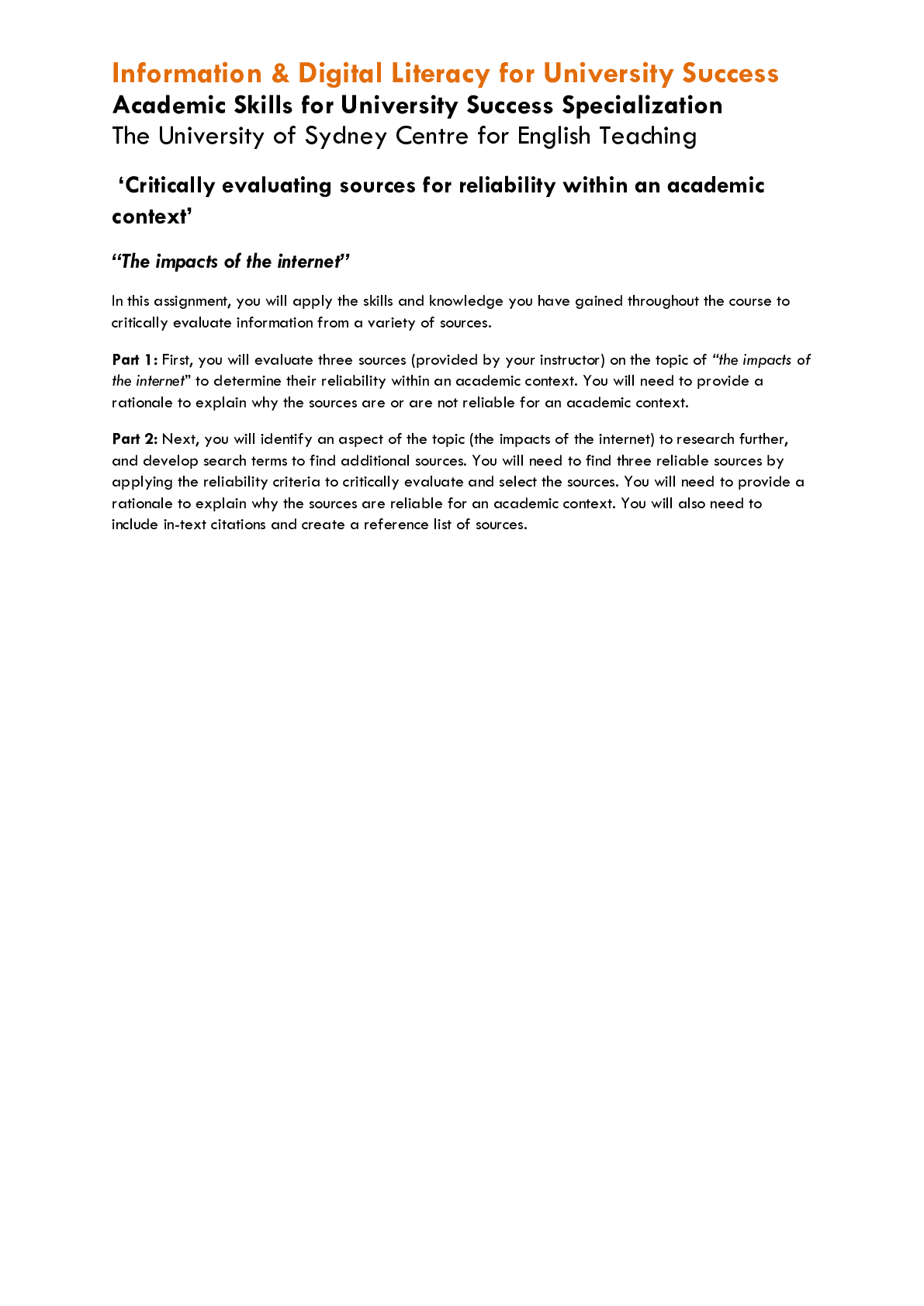
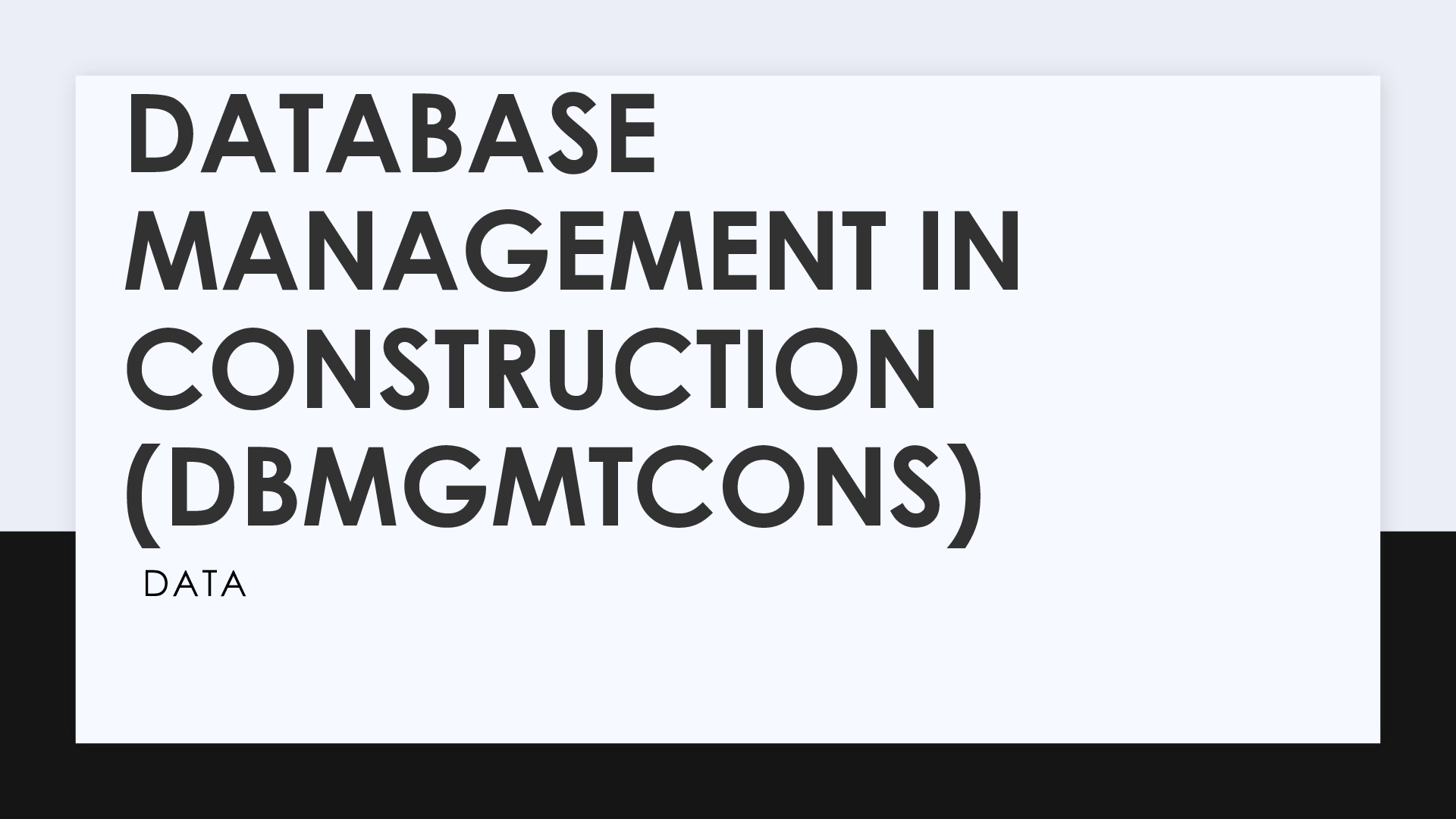
dfdfefe.png)

